Secretary of Pope Pius V, bishop of Córdoba. Francisco de Reynoso.
Early 17th century
Spanish school. Secretary of Pope Pius V, abbot of Husillos and bishop of Córdoba. Francisco de Reynoso. Early 17th century.
Portrait of Francisco de Reynoso y Baeza.
Secretary of Pope Pius V, abbot of Husillos and bishop of Córdoba. Francisci de Reynoso.
Early 17th century.
Small-format portrait from the late Renaissance period.
Spanish school.
Dim.: Cm 19 x Cm 13.5
Oil on wooden panel.
On the back the fine tablet is strengthened (already in ancient times) by a sheet of parchment.
Circa 1600-1610.
As often in Mannerist / Late Renaissance portraits, the image of the character is accompanied by the writing that runs at the top, adding a celebratory, historicizing touch to the effigy. Let's bring back the sentence here:
DON FRANCISCO DE REINOSO. CAMARERO SECRETO IESCALCO PIO QUINTO OBISCOPO CORDOBA. 68 (? O 7?)
(1534, Autillo de Campos, Spain - 1601, Córdoba)
Francisco de Reynoso was a Spanish cleric, chief chamberlain, and secretary to Pope Pius V, abbot of Husillos, and bishop of Córdoba.
He was the fourth of eleven children. His father was the seventh Lord of Autillo de Campos, and his mother was Juana de Baeza y de las Casas, daughter of Manuel de Baeza, a lawyer of the Royal Council and at the Court of Valladolid.
Francisco de Reynoso was deeply devoted to the Virgin Mary and showed a strong inclination towards religion and piety from an early age.
He studied Latin, arts, and theology at the University of Salamanca.
In 1562, he traveled to Rome with his brothers Pedro and Luis.
In January 1566, following the death of Pope Pius IV, Cardinal Antonio Michele Ghislieri was elected pope, becoming Pius V. From this period until Ghislieri's death in 1572, Francisco de Reynoso served as his chief chamberlain and secretary.
After Pope Pius V died, Francisco de Reynoso returned to Spain and lived for several years in the city of Palencia, where his brother Manuele was a canon.
He supported the Society of Jesus when it was established in Palencia, providing alms to the school's clergy and funding chairs of Letters and Theology at his own expense, as well as donating a significant number of books.
During the brief outbreak of the Black Plague in 1580, he personally tended to the poor and sick in the city, bringing them food and making their beds. He also contributed to the establishment of the school for English seminarians in Valladolid.
As abbot of Husillos, he sold tapestries, silverware, carpets, and other household items to give alms, according to a 1591 report by the archdeacon of Toledo, Francisco de Ávila, to King Philip II.
In 1597, he was appointed bishop of Córdoba, on the recommendation of Philip II. During his episcopate, he completed the vault of the choir in the Cathedral of Córdoba and was known for his austerity and charity towards the poor, the sick, and prisoners.
Bishop Reynoso's family held various important positions: his brother Pedro succeeded as the eighth Lord of Autillo de Campos, his brother Manuel was a canon of the Cathedral of Palencia, his brother Miguel was governor of the city of L'Aquila in the Kingdom of Naples , and his brother Luis de Reynoso was a captain of the Tercio in Maastricht. Luis also served as a captain of one of the five companies that belonged to the flags of Naples in the Battle of Lepanto under the Tercio Costa de Granada.
Additionally, in 1559, two of his sisters were condemned by the Inquisition in a single case: his sister Catalina de Reynoso y Baeza, a nun of the convent of Belén in Valladolid, was accused of Lutheranism. In controversial statements made by other nuns of the same convent, it was claimed that she sang to the god Baal while they sang in the choir. Besides the accusation of Lutheranism, it was mentioned that their mother, Doña Juana de Baeza, descended from converted Jews. Catalina was sentenced to house arrest for being a fictitious confessor, confessed, and died in 1559 at the age of 21 by garrote vile before being burned. His other sister, Francisca de Reynoso (also known as Francisca de Zúñiga), was convicted of Lutheranism and burned in an auto-da-fé, permanently deprived of her active and passive vote, and confined to her convent.
Most likely, these actions were taken to eliminate the center of Lutheranism in Valladolid, led by the "Alumbrados," a Protestant group to which the family of Gonzalo Pérez de Cazalla y Vivero, husband of Inés de Reynoso y Baeza, belonged.













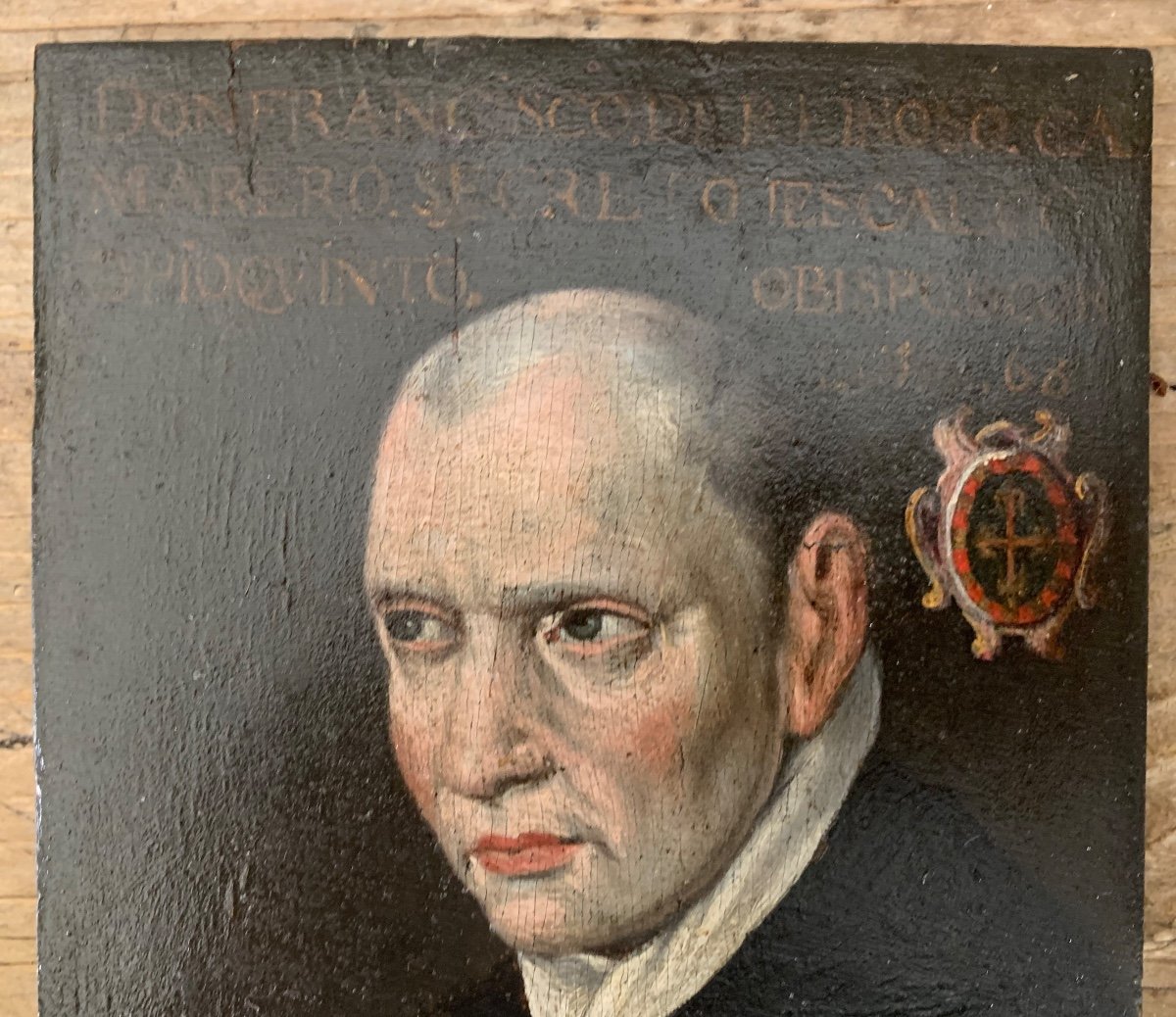
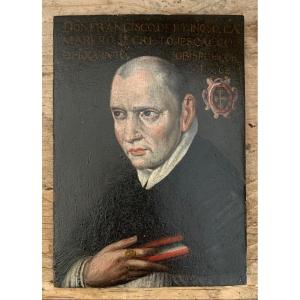














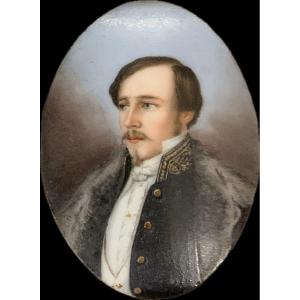
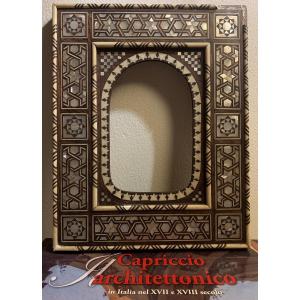
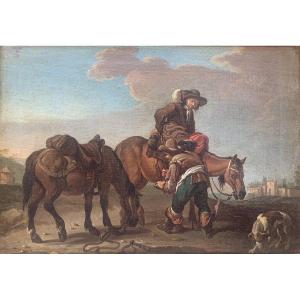

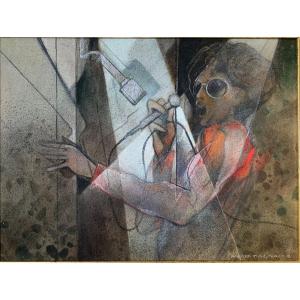

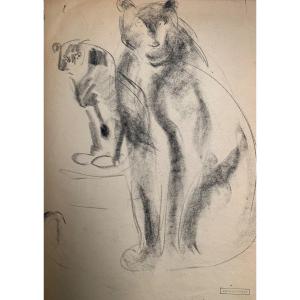

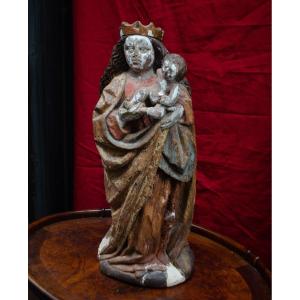





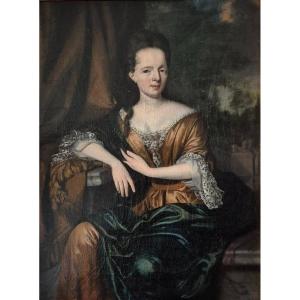


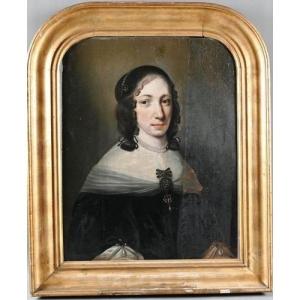



 Le Magazine de PROANTIC
Le Magazine de PROANTIC TRÉSORS Magazine
TRÉSORS Magazine Rivista Artiquariato
Rivista Artiquariato